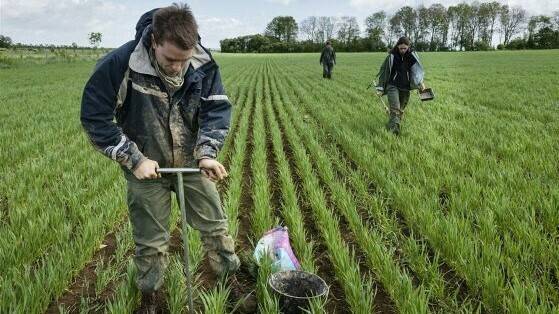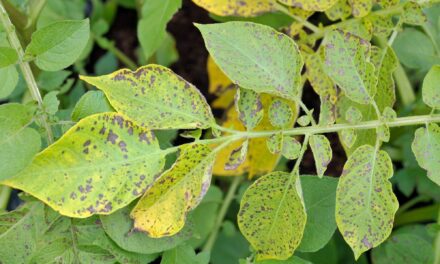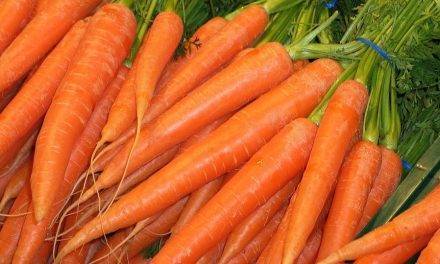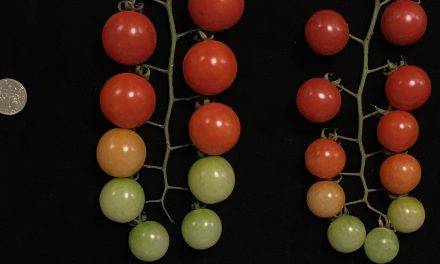
The actualization of a carbon market in Europe is likely years away

Soil carbon market could grow quickly globally… but the actualization of a carbon market in Europe is likely years away
By Treena Hein, Future Farming Correspondent for Canada
Carbon markets are already providing income to Australian and some Canadian and US farmers for trapping carbon dioxide in their soil and reducing carbon emissions on the farm. How are these markets expected to grow and when will European farmers begin cashing in?
To understand the state of carbon markets globally, we must start with Australia, which has led the world in terms of farmers being paid to increase soil organic carbon (SOC) sequestration and reduce on-farm production of greenhouse gases (GHG).
Over 3 million tonnes of soil carbon sequestration
Under Australia’s ‘Emissions Reduction Fund,’ there are currently contracts in place to supply over 3 million tonnes of soil carbon sequestration over the next ten years, notes Louisa Kiely, Direct of Carbon Farmers of Australia (CFA).
“We have a government-supported carbon market,” she explains. “Australia has a Paris Agreement target to reduce emissions by 26-28% of our 2005 levels and the government can use these credits it buys to meet these targets. It aims for the lowest cost of emissions reductions and uses a reverse auction to get this. This means when I bid, I don’t know what others are bidding so I have to bid in my lowest price possible. The median price for farmers has been around $ 14 Australian. Next year’s price? Not sure.”
To expand carbon sequestration on farms and further develop the associated carbon credit market there, CFA has just launched the world’s first Soil Carbon Industry Group.
The province of Alberta, Canada has had its own carbon offset program since 2007, involving many sectors including agriculture. Carbon offset credits in Canada currently sit at about $ 28 CAD a tonne, with the price expected to reach $ 40 CAD in 2021 and $ 50 CAD the year after.
Reduced tillage
There has been concern, however, that some Canadian farmers were collecting sizable carbon credit payments from using practices such as reduced tillage that they had already had in place.
Dan Heaney, senior research agronomist at US-based digital ag firm Farmers Edge, notes that in many areas of North America, carbon sequestration protocols based on reduced tillage may indeed be disallowed within the next five years, and that practices used to reduce GHG emissions must be “additional to standard practices to qualify for carbon credits under international standards.”
Heaney adds however that “implementation of nitrous oxide reduction protocols for cropping systems will keep crop farmers engaged in GHG reductions for at least two decades, as many of these protocols have not yet been widely adopted.” Potential related gains in terms of verifiable reductions are therefore “significant.”
Doug Cornell, product owner (carbon) at Farmers Edge, notes that Canada’s federal government is still struggling to develop a national carbon offset program (it’s mired in federal-provincial politics). Still, he predicts that in five years, “I think we’ll be supporting our customers and partners to create carbon offsets in western Canada, the US areas we operate in, Australia and possibly Brazil.”
EU carbon credit market
In Europe, the EU Parliament had a plenary vote on the EU-wide Climate Law in October, moving the jurisdiction closer to a carbon credit market. Several pieces of related EU legislation, such as the Land Use, Land Use Change and Forestry regulation, are expected to be updated in 2021. In addition, the European Parliament’s Agriculture Committee (COMAGRI) has proposed a soil carbon sequestration scheme.
But the actualization of a carbon market in Europe is likely years away. Copa and Cogeca, combined groups that represent EU farmers and their cooperatives, has started looking into the topic, but spokesperson Ksenija Simovic says “it is still in the early stage of raising political interest for carbon farming. Speaking with members, the foreseen timeline for the introduction of carbon farming exceeds five years at minimum.”
Rising demand for soil carbon market
For their part, those at VERRA, a carbon measurement and credit verification firm becoming well-known globally, are not willing to predict when an ag carbon market will be running in the EU or the US. The ‘moving pieces’ involved include the Paris Climate Agreement, the new US administration, and several competing and emerging public/private, national/subnational initiatives.
VERRA Communications Manager Anne Thiel adds however that “we do have reason to believe that the soil carbon market has a good chance to grow quickly globally, given the general rising demand and new technologies and methodologies. However, it is too early to tell how the market will evolve and therefore also how lucrative it will be for farmers.”
Source
Future Farming
https://www.futurefarming.com/Smart-farmers/Articles/2020/12/Soil-carbon-market-could-grow-quickly-globally-691091E/?utm_source=tripolis&utm_medium=email&utm_term=&utm_content=&utm_campaign=future_farming
More information, Carbon measurement
https://www.futurefarming.com/Smart-farmers/Articles/2020/12/Payment-for-carbon-soil-sequestration-688307E/
Picture
Future Farming, Soil scientists sample soil from an agricultural plot on an organic farm to measure the capacity of soils to store carbon. – Photo: ANP/Science Photo Library



















